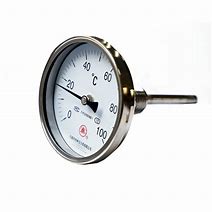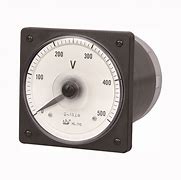If you want your micromotor to hum along smoothly, you'll need to give it a good once-over. What should you look out for? Let's explore five essential areas to keep an eye on for your micromotor's performance.
1. Temperature Monitoring
When a micromotor operates normally, it will heat up and its temperature will rise. If the temperature exceeds the maximum limit, the winding may overheat and burn out. To determine if the micromotor is overheated, the following methods can be used:
- Hand-touch Method: This type of inspection must be performed with an electroscope to ensure that the micromotor has no leakage. Touch the micromotor housing with the back of your hand. If it doesn’t feel hot, this indicates that the temperature is normal. If it is obviously hot, this indicates that the motor is overheated.
- Water Test Method: Drop two or three drops of water on the outer casing of the micromotor. If there’s no sound, this indicates that the micromotor isn’t overheated. If the water droplets are rapidly vaporized, followed by a beeping sound, this means the motor is overheated.
2. Power Supply Monitoring
If the three-phase power supply is too high or too low and the voltage is unbalanced, it will have adverse consequences on the micromotor’s operation. General micromotors can operate normally within ±7% of the voltage rating. Possible issues include:
- The difference between the three-phase voltage is too large (more than 5%), which will cause the unbalance of the three-phase current.
- The circuit has short circuits, grounding, poor contact, and other faults, which will also cause the unbalancing of the three-phase voltage.
- A three-phase micromotor operating in a single-phase condition causes a large unbalance of the three-phase voltage. This is a common cause of micro-motor winding burnout and should be monitored.
3. Load Current Monitoring
When the load current of the micromotor increases, its temperature also increases. Its load current should not exceed the rated value during normal operation.
- While monitoring whether the load current increases, the balance of the three-phase current should also be monitored.
- The unbalance of the current of each phase in normal operation should not exceed 10%.
- If the difference is very large, the stator winding may cause a short circuit, open circuit, reverse connection, or other single-phase operation of the micromotor.



4. Bearing Monitoring
The temperature of the bearing in the operation of the micromotor shall not exceed the value that is allowed, and there should be no oil leakage at the edge of the bearing cover, as this causes overheating of the micro motor bearing. If the condition of the ball bearing deteriorates, the bearing cap and the shaft will be rubbed, the lubricating oil will be too much or too little, the transmission belt will be too tight, or the shaft of the micromotor and the axis of the driven machine will cause a large amount of concentricity errors.
5. Vibration, Sound, and Smell Monitoring
When the micromotor is in normal operation, there should be no abnormal vibration, sound, and smell. Larger micromotors also have a uniform beeping sound, and the fan will whistle. Electrical faults can also cause vibration and abnormal noise in the micromotor.
- The current is too strong, and the three-phase power is significantly unbalanced.
- The rotor has broken bars, and the load current is unstable. It will emit a high and low beeping sound, and the body will vibrate.
- When the temperature of the winding of the micromotor is too high, it will emit a strong paint smell or the smell of the insulating material burning. In serious cases, it will emit smoke.
At Sinbad Motor, we've honed our craft in micromotors for over ten years, providing a treasure trove of custom prototype information to our valued customers. Plus, we can pair up precision planetary gearboxes with just the right reduction ratios and encoders to craft micro transmission solutions that fit your needs like a glove.
Editor: Carina
Post time: Apr-23-2024

